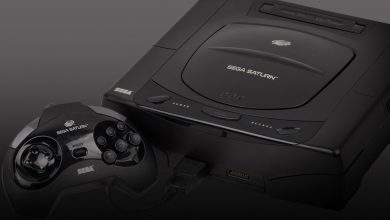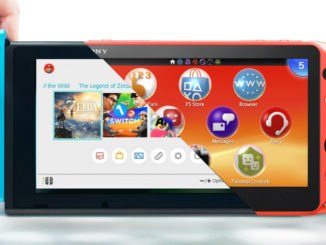
If you’re a gamer and you’ve given more than a cursory glance to industry news in the last couple of years then you’ll probably be aware of how Microsoft well and truly bungled the launch of the Xbox One. Whether it was arrogance, hubris, or just sheer bone-headedness, somebody at Microsoft really misjudged the marketing for the latest Xbox console, and the effects of that can still be felt today as the PS4 dominates the charts month after month. Sony might be celebrating now, but they too found themselves in a similar situation last generation when they tried to launch their PS3 amid controversy, a high price point, and bad marketing.
While Microsoft are in the middle of rehabilitating their image following the Xbox One DRM debacle and Sony implemented what they’d learned from the relative failure of the PS3 to improve the PS4, at least those companies are still releasing consoles. Back in 1995, SEGA were one of “the big two” when it came to console gaming (along with Nintendo) but some appalling marketing decisions with the Saturn put the company into a tailspin that it never truly recovered from, resulting in the early abandonment of their next console, the Dreamcast, and ultimately them retreating from the hardware game entirely.
Prior to the launch of the Saturn, SEGA announced that the console would be released one week before the new Sony console, the PlayStation, in September 1995. Whether it was out of fear of the new kid on the block, or just an incredibly misguided marketing ploy, somebody at SEGA HQ decided it would be a good idea to surprise everybody by launching the Saturn in May as a big surprise. To everybody. Including gamers. And retailers. And developers. And publishers. Oh and forget about developing for the 32X, that’s so last month.
Yes, the SEGA Saturn launched in the May of 1995 but as far as most gamers were concerned it wasn’t expected until September and so they didn’t have chance to save up or warn their parents it was coming. That didn’t really matter so much though, since most retailers were also unaware that the console was coming and so their stores weren’t readily equipped to take on the launch of a brand new console five months before they were expecting it. Although, upon reflection, perhaps they were worried about nothing since there were no games ready for the system since SEGA also failed to alert game developers of the change in release date meaning that there were only six games available at launch and all of them were made by SEGA.
In one fell swoop, SEGA managed to upset practically every retailer, every game developer and publisher that wasn’t them, and confuse gamers around the world. It was basically the gaming equivalent of sending all of your Christmas cards out in June and then wondering why nobody bothered sending you one back.
The Saturn wasn’t quite the straw that broke the camel’s back, but the decision to swerve everybody with a phony release date for the console crippled it and allowed the PlayStation to clean up when it was finally released on the day that Sony told people it would be released in September. SEGA didn’t attempt any such chicanery with their next console, the Dreamcast, but the damage to their brand had already been done, and in doing so, given Sony a chance to find footing within the console market. The PlayStation 2 went on to be the best selling console of all time, and the Dreamcast lasted less than two years on the market before SEGA abandoned hardware altogether to concentrate on just developing and publishing games for other consoles.
Proudly WWW.PONIREVO.COM
by Darren J Cox



